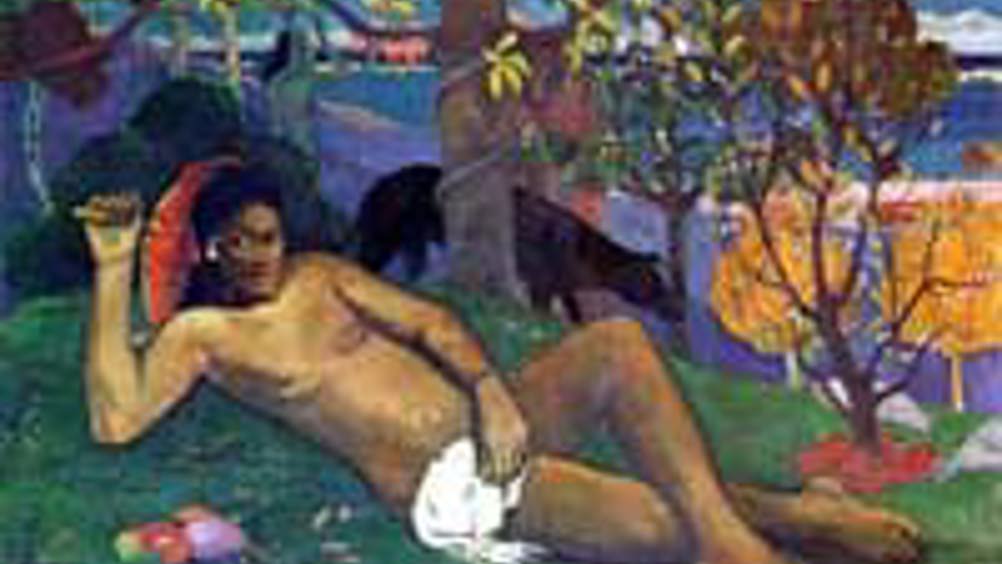F for fake
An international team of researchers are developing a digital system to help tell original works of art from counterfeits.

As museums continue to digitise their art collections, it becomes increasingly easier for paintings to be copied by forgers.
But not if James Wang, associate professor of Information Sciences and Technology (IST), and Jia Li, associate professor of statistics at Penn State have anything to do with it.
The two researchers are part of an international team working on developing a digital system to help tell original works from counterfeits.
The system they have developed works by first digitising known authentic masterpieces. It then analyses them in some detail, creating a statistic model of the artist's technique. Then, any other work believed to be the artist in question can be compared with the computer model to verify if it is unique or forged.
To test out the validity of their system, the researchers conducted 101 high-resolution grayscale scans of van Gogh paintings provided by the Van Gogh and Kröller-Müller Museums in the Netherlands.
Register now to continue reading
Thanks for visiting The Engineer. You’ve now reached your monthly limit of news stories. Register for free to unlock unlimited access to all of our news coverage, as well as premium content including opinion, in-depth features and special reports.
Benefits of registering
-
In-depth insights and coverage of key emerging trends
-
Unrestricted access to special reports throughout the year
-
Daily technology news delivered straight to your inbox










Water Sector Talent Exodus Could Cripple The Sector
Maybe if things are essential for the running of a country and we want to pay a fair price we should be running these utilities on a not for profit...